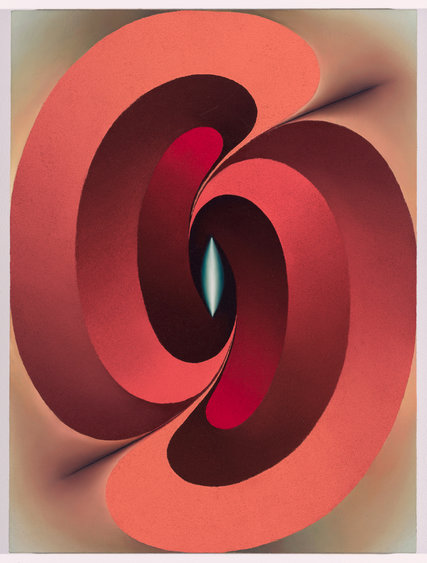Many of us have heard the historic story of Pompeii—the ancient Roman city buried under volcanic ash in 79 AD. As a result of being buried, the city was actually preserved and protected. It has now become popular tourist destination in Italy, where people from all over the world come to wander around this city frozen in time.
Pompeii was first re-discovered during the 18th century under King Charles’ (III) reign. When called by his royal archaeologist to a garden, King Charles was aghast and throughly offended by the different erotic sculptures and images that were found; one of which was the (now) famous Statue of Pan, half-human half-goat god, engaging with intercourse with a goat. King Charles viewed these artifacts found as immoral, and ordered for all of the sexual artwork to be hidden away, and only those with permission from the King could view it.
This was the stance many of his predecessors took as well keeping the art locked away in a secret cabinet. Some of them even went as far to cover the phallic images around the buildings of Pompeii as well. The only people throughout history who were allowed to view the artwork were mature, educated men, and for a cost. The controversy around the artwork caused the collection to become a viewing destination on the Grand Tours of European gentlemen.
Everything remained locked away from the general public for nearly 173 years, only allowed to be viewed during very brief, more liberal periods of history. That all changed in 2000 when the artwork and artifacts were released by the Naples National Archaeological Museum for public viewing in the “Gabinetto Segreto” exhibit. Additionally, in 2006, one of the main ruin attractions, “Lupanar of Pompeii,” was opened to the public; this site is a large brothel containing many paintings depicting sexual acts on the walls of the different rooms.
It is not surprising these images were locked away for so long due to morality throughout history, but now they have been released, the conversation around the artwork is a bit different than what one may expect in modern day as well. Many of the images found in Pompeii are still being created in the 21st century, but instead of art, it is just considered to pornography. As far as the modern moral world goes, there is not really an artistic aspect to images of people copulating, and sex is still a very forbidden topic of conversation in most cultures.
However, people come from all over the world to view this “art” from Pompeii. It is almost as though when viewed in the eyes of history, these painting become “erotic artwork,” instead of “explicit imagery.” The language around the images is much less critical, and people are typically intrigued instead of offended. The art is used to better understand Roman history, and has even sparked recent conversations of being the key to more expansive LGBTQ+ acceptance.
So my question to you, is it the age of these artifacts that make it art or is it just really old porn?









